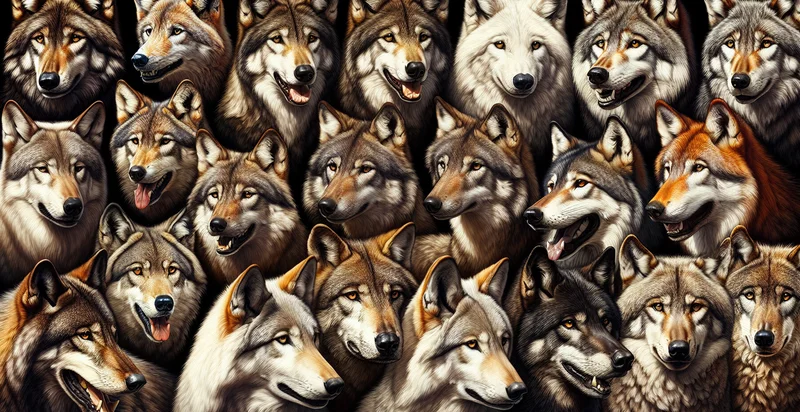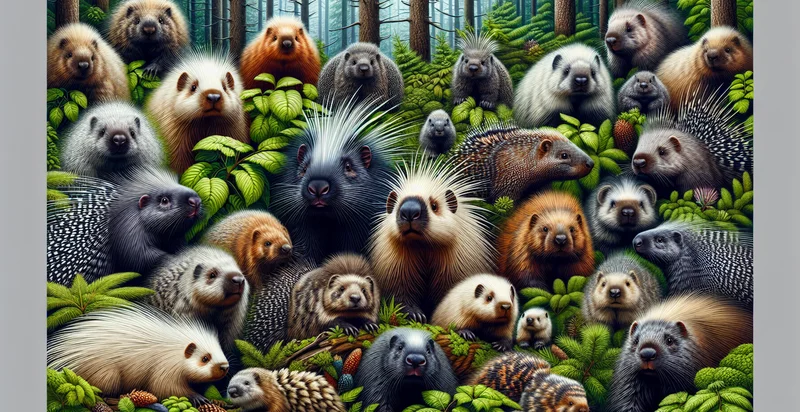Identify wolf species
using AI
Below is a free classifier to identify wolf species. Just upload your image, and our AI will predict which wolf species it is - in just seconds.

Contact us for API access
Or, use Nyckel to build highly-accurate custom classifiers in just minutes. No PhD required.
Get started
import nyckel
credentials = nyckel.Credentials("YOUR_CLIENT_ID", "YOUR_CLIENT_SECRET")
nyckel.invoke("wolf-species-identifier", "your_image_url", credentials)
fetch('https://www.nyckel.com/v1/functions/wolf-species-identifier/invoke', {
method: 'POST',
headers: {
'Authorization': 'Bearer ' + 'YOUR_BEARER_TOKEN',
'Content-Type': 'application/json',
},
body: JSON.stringify(
{"data": "your_image_url"}
)
})
.then(response => response.json())
.then(data => console.log(data));
curl -X POST \
-H "Content-Type: application/json" \
-H "Authorization: Bearer YOUR_BEARER_TOKEN" \
-d '{"data": "your_image_url"}' \
https://www.nyckel.com/v1/functions/wolf-species-identifier/invoke
How this classifier works
To start, upload your image. Our AI tool will then predict which wolf species it is.
This pretrained image model uses a Nyckel-created dataset and has 11 labels, including Arctic Wolf and Eurasian Wolf.
We'll also show a confidence score (the higher the number, the more confident the AI model is around which wolf species it is).
Whether you're just curious or building wolf species detection into your application, we hope our classifier proves helpful.
Related Classifiers
Need to identify wolf species at scale?
Get API or Zapier access to this classifier for free. It's perfect for:
- Wildlife Protection and Conservation: Organizations can use this function to identify and track different wolf species in a specific area. This data can be used for studying population trends, migration patterns and to guide conservation efforts.
- Zoo Management: The tool can be used by zoos to accurately identify and catalogue all the wolf species they have. This can help in maintaining a diverse and healthy animal population, and for educational purposes.
- Animal Research: Biologists and researchers can utilize the 'wolf species identifier' to understand the morphology, habitat, and behavior of different wolf species. The tool eliminates the chances of misidentification, thereby increasing the accuracy of the research.
- Hunting Regulation Management: Game and wildlife agencies can use the multilabel image classification function to ensure that hunters follow wildlife laws. The software can identify if a protected species is being hunted illegally.
- Wildlife Photography: Professional wildlife photographers can use the technology to easily identify different wolf species in their shots. This aids them in delivering rich content and knowledge to their audiences while saving time on extensive research work.
- Animal Rescue and Rehabilitation: Rescue centers and sanctuaries can use the 'wolf species identifier' for quick and accurate identification of stranded or injured wolves. The details can assist in providing appropriate care and treatment for the rescued animals.
- Natural History Museums: Museums can use this tool while curating and classifying animal exhibits. The function ensures accurate information display about different wolf species, thereby enhancing educational value for visitors.


